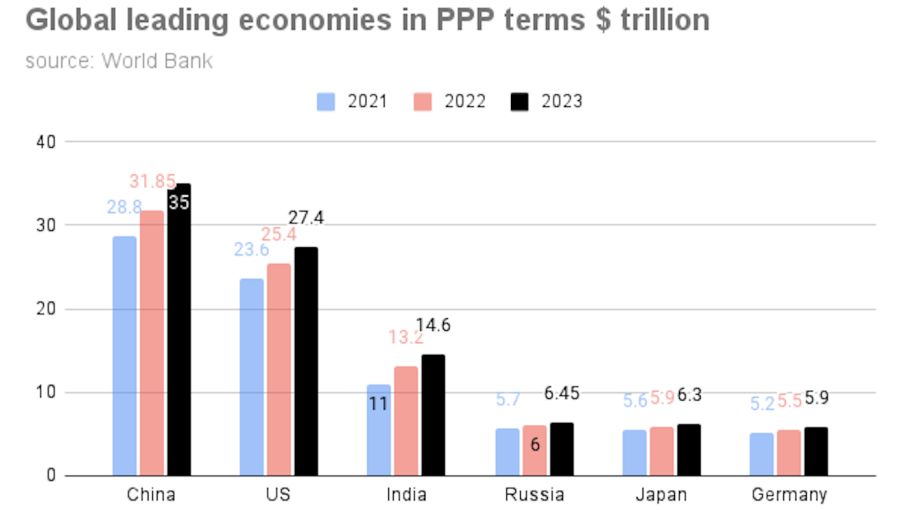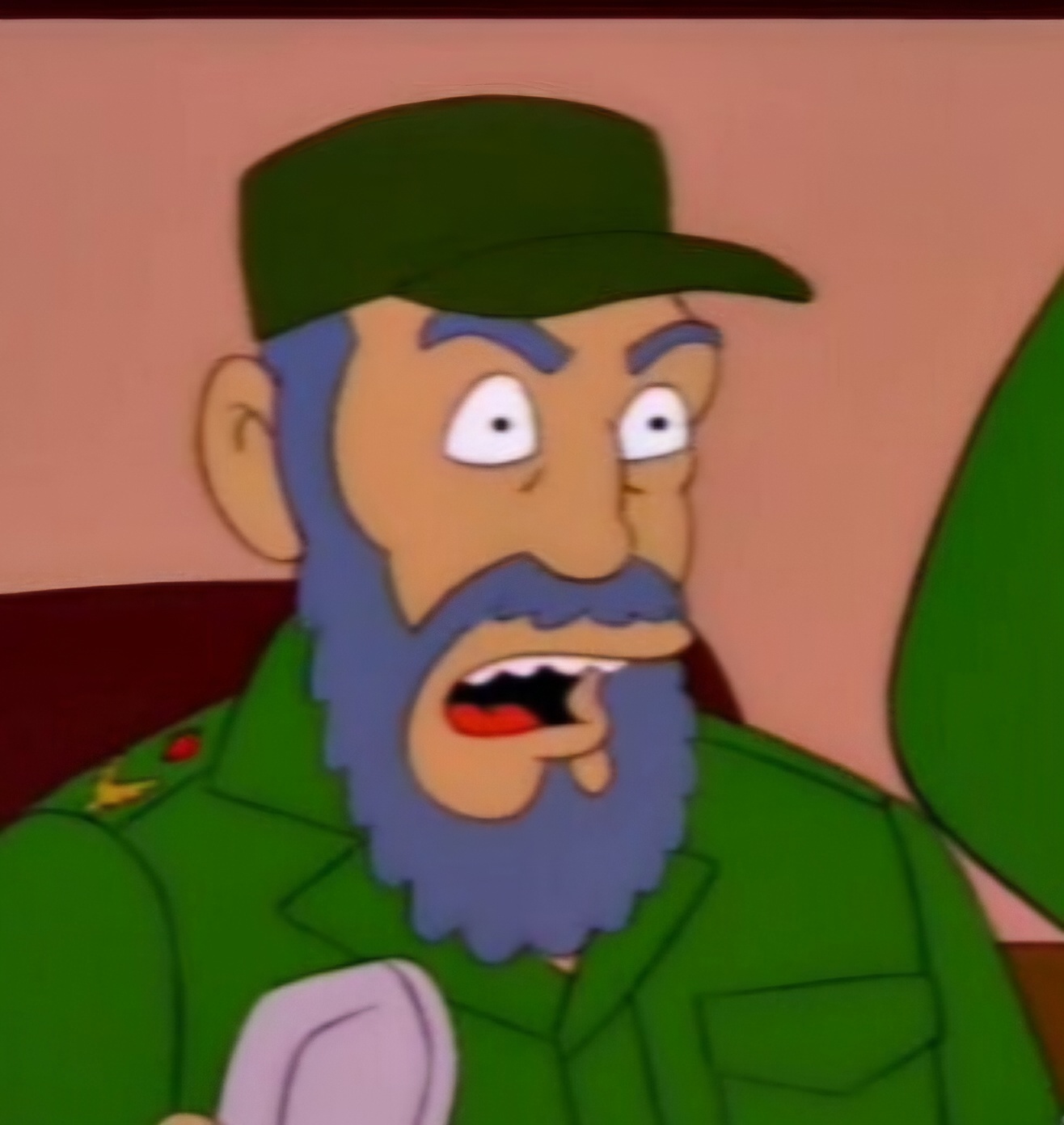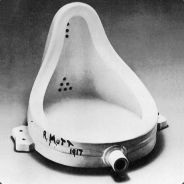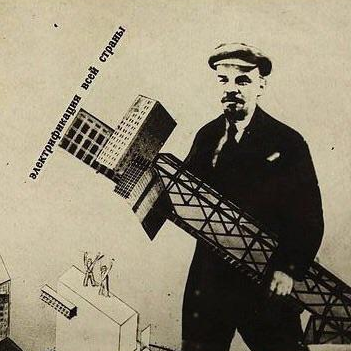And it’s #1 if you use the PooPoo model
so if you combine all the metrics in the peepee-poopoo index, russia is between the second or third largest. not bad for an economy saddled with sanctions.
Hehe peepee
pretty wild that a small island country had a larger economy than a massive world power in the first place, though I have no idea how good of a metric peepeepee is
Nominal GDP and Purchasing Power Parity (PPP) are both measures of a country’s economic output, but they differ in how they account for price levels. Nominal GDP measures the total value of goods and services produced within a country using current market prices in the country’s own currency. It doesn’t account for differences in the cost of living between countries. PPP GDP adjusts for these differences in the cost of living. It takes nominal GDP and converts it into a common currency (usually the US dollar) using purchasing power parity exchange rates. These exchange rates reflect how much a basket of goods and services costs in each country, allowing for a more accurate comparison of living standards.
PPP GDP is generally considered a better measure of living standards and economic well-being because it accounts for the fact that prices for the same goods and services can vary significantly across countries. A dollar might buy you a lot more in one country than it does in another. For example, if a haircut costs $10 in the US and the equivalent haircut costs 500 rupees in India, nominal GDP might suggest that the US economy is much larger. However, if the PPP exchange rate shows that 500 rupees has the same purchasing power as $5, then the Indian economy is relatively larger in PPP terms.
Japan has a comparable population to Russia and is also a de facto part of NATO.
Rule of Acquisition 34: War is good for business.
Is it because the population dropped by half a million people?
sorry to disappoint you https://en.zona.media/article/2022/05/20/casualties_eng
It’s not per capita









